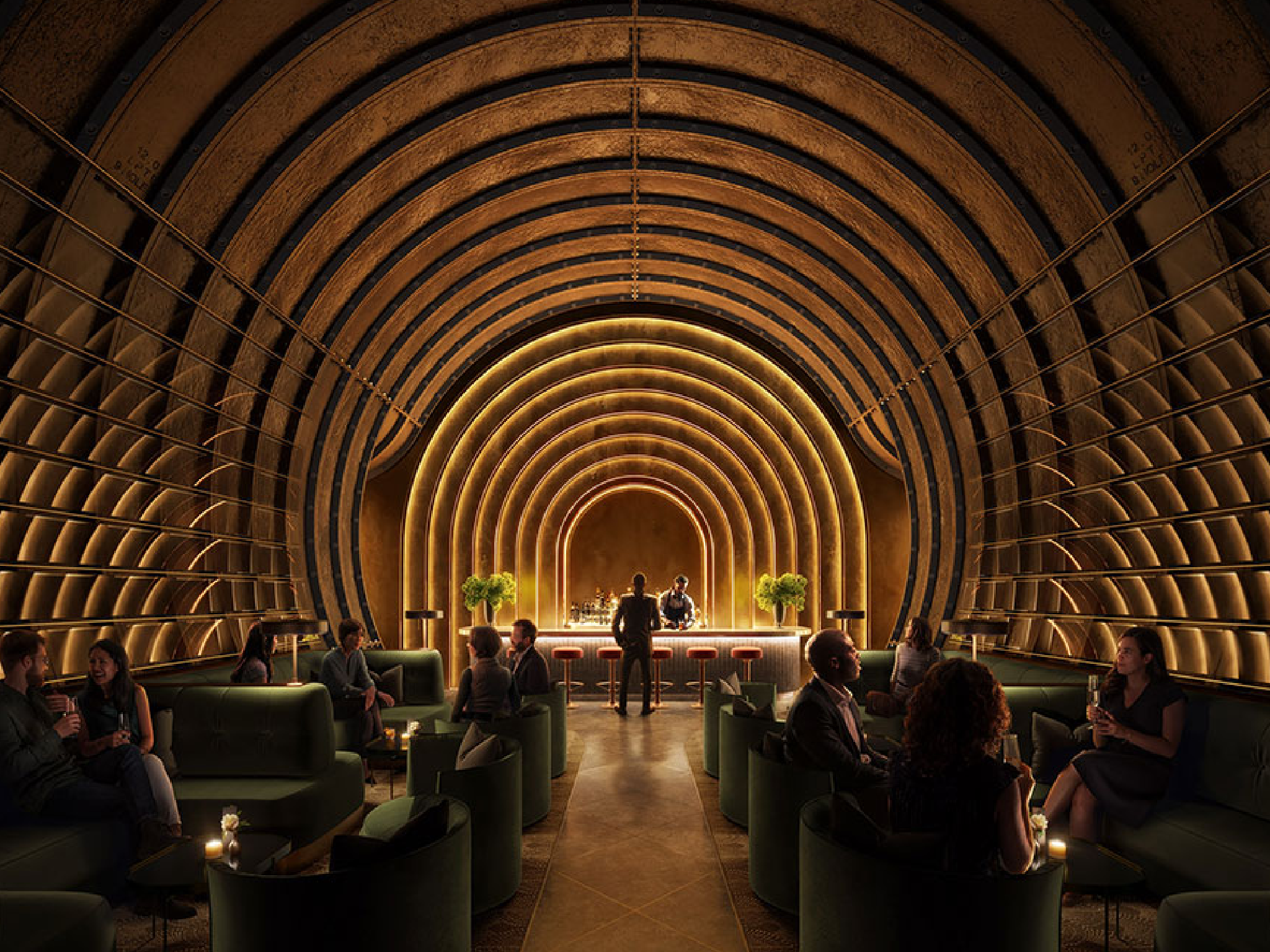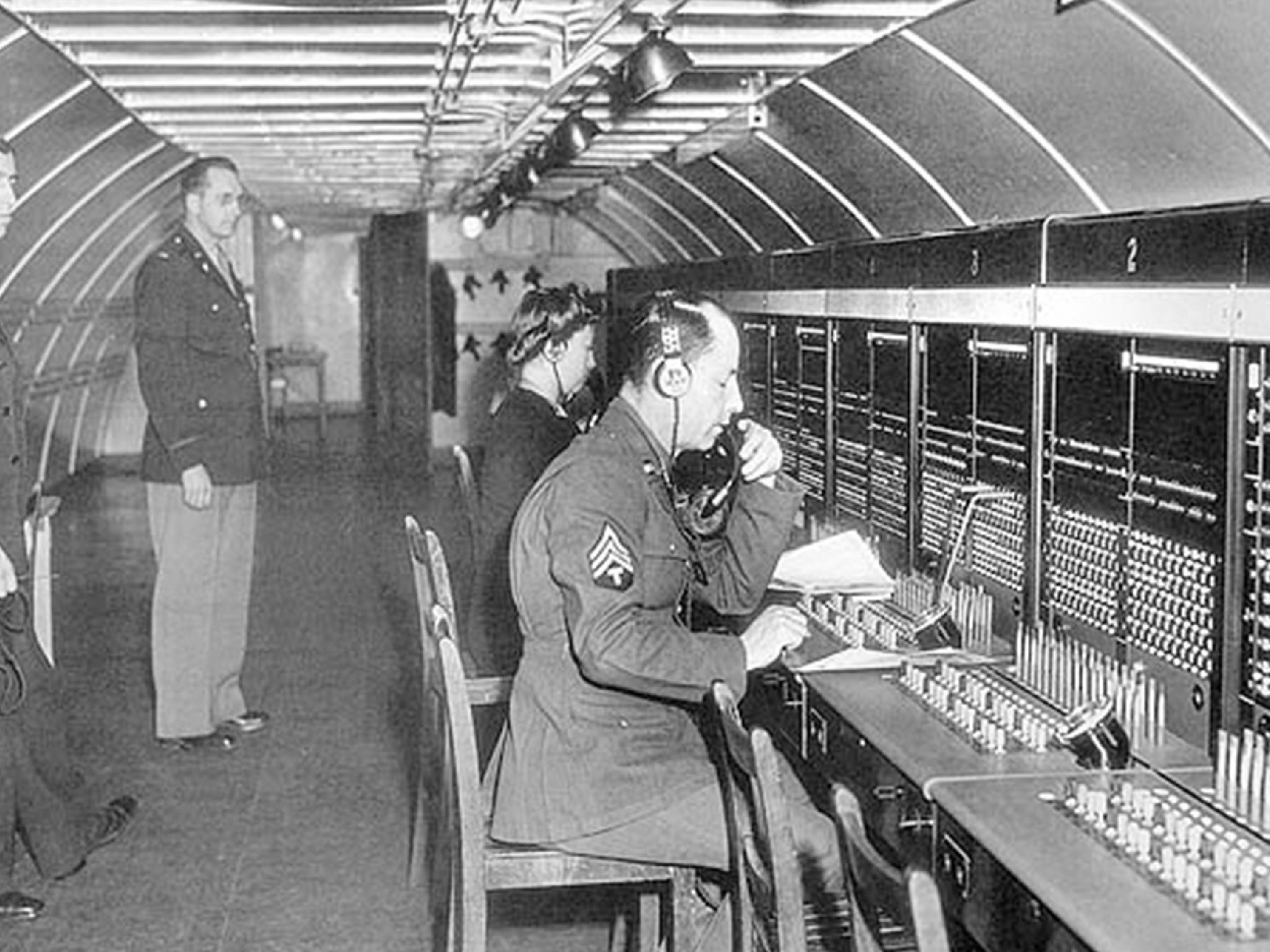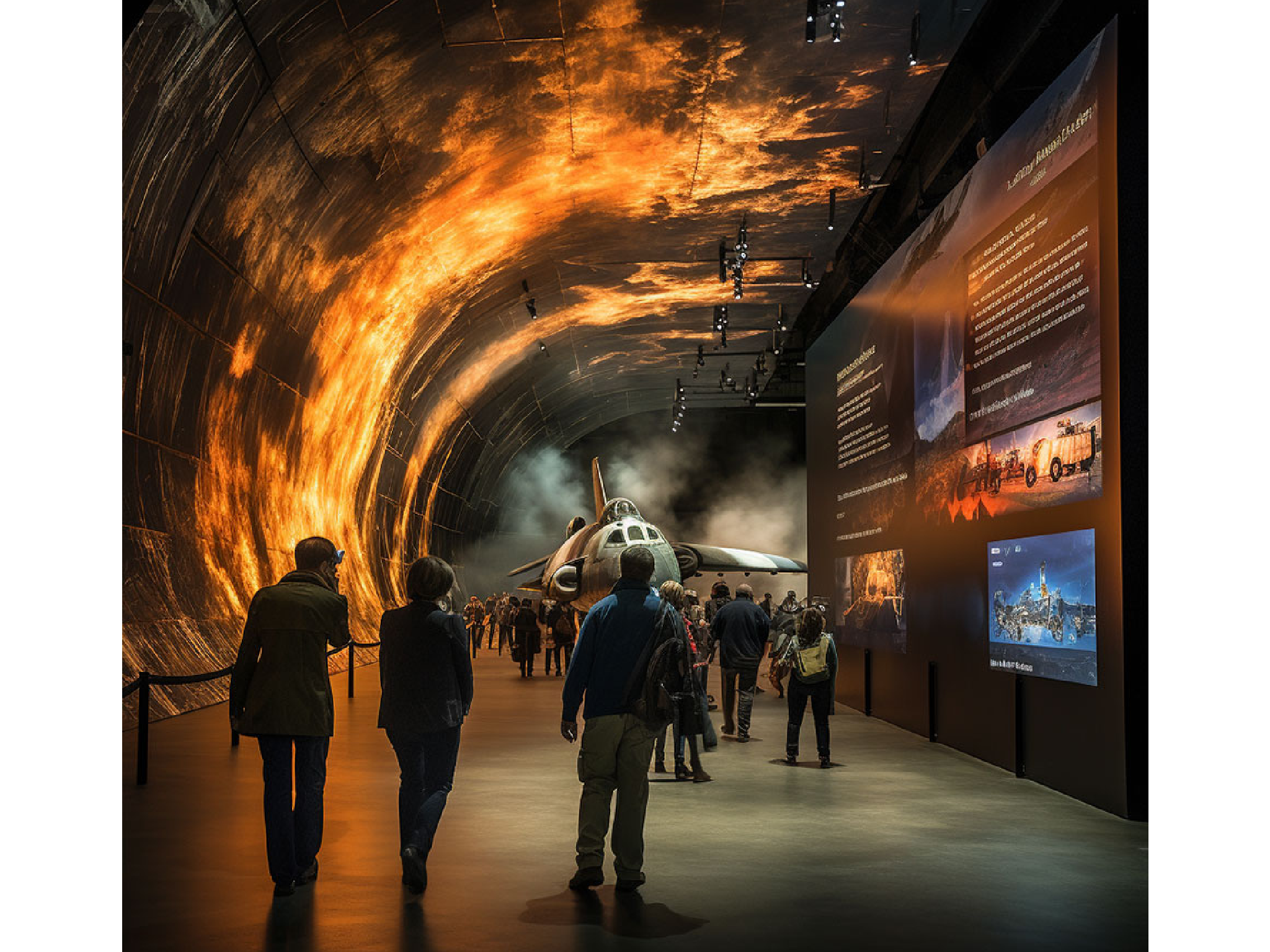Secret ‘James Bond’ spy tunnels underneath London could open to the public very soon
The vast network of Kingsway tunnels could be one of the city’s biggest new tourist attractions

Plans are underway to transform a network of secret tunnels beneath central London into a vast tourist attraction.
Originally built in the 1940s as air raid shelters during the Blitz, the 8,000 square-metre network of tunnels is another step closer to being opened to the public for the first time.
After being used in the Second World War, the tunnels were closed off and taken offer by the British government as a secret base from which spies conducted their operations during the Cold War. Near to High Holborn London Underground station, they offered a central, off-radar base for secret agents to monitor intelligence.
This past, and the tunnels’ inclusion in the first James Bond novel, will be included in an interactive display at the venue, if plans are fully approved for it to go ahead. Visitors will get to see retained and restored telecommunications equipment from when spies supposedly listened in to communications.

As a promising first step, the City of London council has granted its approval.
Camden council are due to make their decision in a committee meeting on July 11, which can be viewed by the public on their website.
A spokesperson from The London Tunnels Ltd said: “Naturally we are delighted with the decision of the City of London Corporation to resolve to grant planning consent for this project. This is an important milestone as we seek to preserve and open to the public for the first time this historic set of subterranean World War II tunnels. We now look ahead to a decision by Camden Council’s planning committee in the near future.”
Architecture firm WilkinsonEyre is at the helm of the design, promising to offer visitors a multi-sensory journey through London’s past.
They’re proposing high-resolution screens showcasing historical footage, interactive structures that bring the tunnels’ stories to life, and even scent-emitting technology to recreate the atmosphere of the times. Hundreds of strategically placed speakers will complete the effect, enveloping visitors in a soundscape that reflects the era.

There may also be James Bond-inspired displays, a nod to author Ian Fleming’s mention of the subterranean network in his first 007 novel, Casino Royale.
Above ground, the entrance will be situated in a revamped building on London’s Furnival Street. This space will house a permanent exhibition dedicated to the history of the tunnels themselves, encompassing their use during World War Two and the Cold War.
The project promises to be more than just a museum, though. Cocktail lovers and those looking for a unique date night might be excited by the prospect of London’s deepest bar, situated on the Camden side of the site.
The space is expected to be able to accommodate hundreds of people at a time, leading to an estimated £60–80m of additional expenditure in the area each year, according to those behind the project.
Join our commenting forum
Join thought-provoking conversations, follow other Independent readers and see their replies
Comments
Bookmark popover
Removed from bookmarks